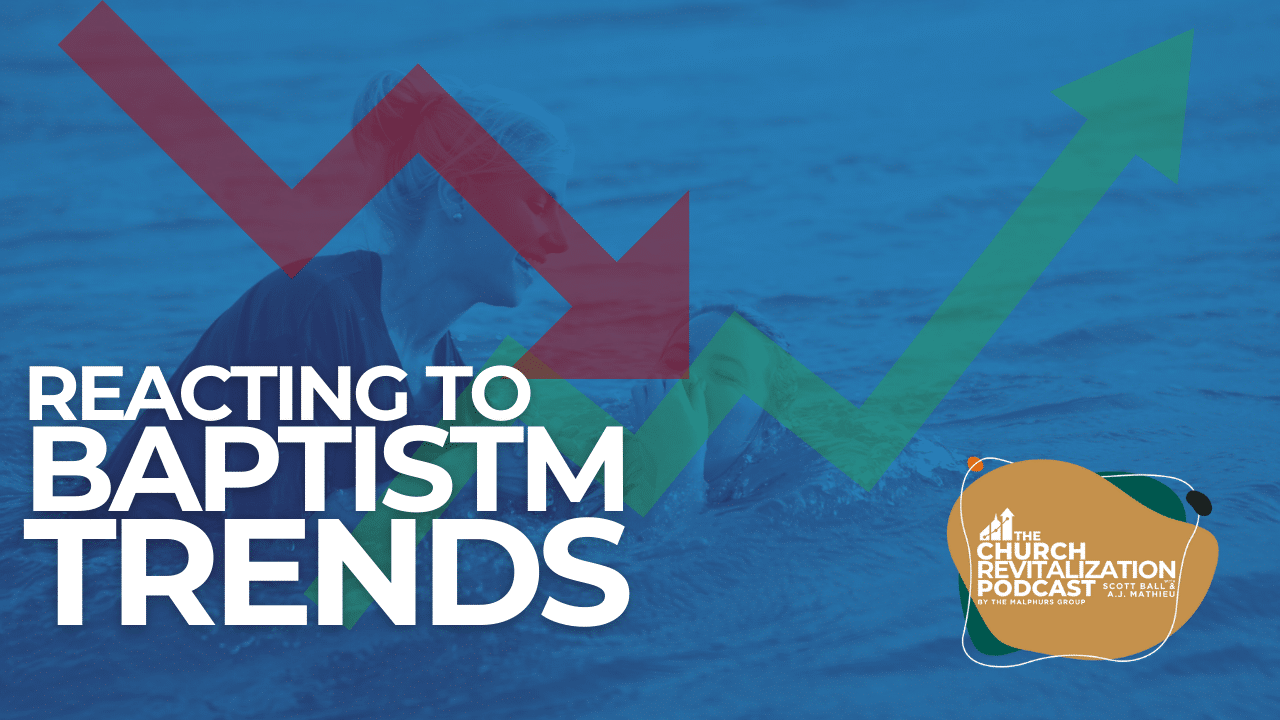In a recent study conducted by Lifeway Research, intriguing patterns have emerged regarding baptism practices among Southern Baptist congregations, especially in the context of the ongoing pandemic. The study, which meticulously gathered data from the Annual Church Profile (ACP), unveils both encouraging upticks and continuing challenges within the Convention.
During the pandemic, in-person church gatherings significantly declined, unsurprisingly affecting baptism numbers. However, 2022 marked a turning point, with reported baptisms reaching 180,177, a notable 16% increase over the previous year. This follows a 26% increase in 2021, culminating in an overall 46% rise over two years as churches began to emerge from the shadows of COVID-19.
Despite these positive developments, a longer-term perspective reveals a more complex narrative. Since the early 2000s, the trend in baptisms has been predominantly downward, with the year 2000 being the last time baptism totals exceeded 400,000. The recent consecutive increases in baptism numbers are a first in this century, yet they occur within a broader context of decline.
Scott McConnell, the executive director of Lifeway Research, emphasizes the significance of baptism within Baptist tradition—not merely as a ritual but as a public declaration of faith and obedience. The study further dissects the data, revealing that demographic factors such as geographical location, church size, and the age of the congregation influence baptism rates. Urban and Southern churches, as well as newer congregations, tend to report higher baptism numbers.
Moreover, the research highlights a correlation between small group or Sunday School participation and baptism rates, albeit with complex nuances. Interestingly, churches with extensive group participation didn’t necessarily report higher baptism numbers, suggesting that factors influencing baptism rates are multifaceted and may extend beyond conventional metrics of church engagement.
The findings also delve into baptisms adjusted for attendance, offering a nuanced view of how different churches fare in their evangelical efforts relative to their size. Newer churches, once again, stand out for their higher efficiency in reaching individuals for baptism.
As we discuss these findings in Episode 229 of the Church Revitalization Podcast, we invite you to join us in exploring the implications of these trends for church growth and revitalization strategies. Watch the full audio and video versions of the episode where we continue to engage with the challenges and opportunities facing today’s churches.
[Source: Lifeway Research]
Watch this episode on YouTube!


Scott Ball is the Vice President and a Lead Guide with The Malphurs Group. He lives in East Tennessee with his wife and two children. (Email Scott).

